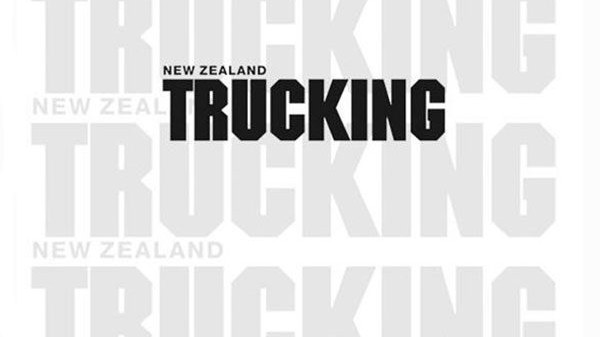
In July, the Minister of Transport – at the time, David Parker – signed a new Land Transport Rule, Land Transport Rule Street Layout 2023, into law. The rule came into effect on 21 August 2023 and it gives local councils options to:
- Enable community streets (also known as play streets)
Makes it easier for communities to work with councils to restrict traffic on quiet local streets for a few hours at a time so children can play safely and communities can connect. - Pilot street changes to inform future permanent changes
Makes it easier for councils to pilot or make short-term changes to streets, to test different street layouts and features. This allows communities to experience these changes in real-time and provide feedback. - Filter or restrict traffic
Gives councils more options to manage traffic in places that are important for community life, such as town centres, in neighbourhoods and around schools by using physical or regulatory traffic filters. - Create school streets
Gives councils, working alongside schools and communities, options to restrict traffic on streets outside schools during drop-off and pick-up times.
What I have trouble with is the very concept of children playing on the streets at any time. It used to be a no-no, but now it appears to have official sanction, at least at certain times of the day. I don’t know how you are supposed to educate kids that it is not okay to play on the streets at one time of the day, but it is okay at other times. Clearly, those who designed the rule have the answer.
I have yet to see how these streets will be identified to road users – cars, trucks, etc. No doubt they will be signposted, which kids will be expected to read and understand. We should also expect judder bars, but then, these are ideal to ride bikes and skateboards over. Perhaps they will paint the streets like they do to some cycle and bus lanes. If they do, then at least the kids playing there will be able to see the potholes better.
I don’t know if any of the industry organisations made submissions on this rule when it was in the consultation phase, and if they did, what the nature of these were. But given most councils’ anti-vehicle approach to traffic management, I can see some significant issues for the industry when councils start to exercise the options the rule gives them. The industry will have to be diligent. Otherwise, we will find ourselves in trouble with access and manoeuvrability.
THE FIRST OF the two new ferries for Interislander is due to arrive in Wellington some time in 2025, with the second following in 2026. At 50,000 tonnes, these are going to be big, too big for the service, some people have said. Only time will tell. Along with the new ferries, CentrePort and the Interislander are developing a new terminal north of the existing one.
On 22 July, The Post reported that there is now some concern the new terminal and associated facilities will not be ready in time, especially as significant site works have yet to start. Both Minister of Transport (July) David Parker and the programme director refused to give confidence that the terminal will be ready in time. It sounds to me like a familiar story – while we may have at least one of the ferries, we will have nowhere ready to work it.
I HAD A CALL recently from a retired industry colleague who, in his day, had a bit to do with NZRTA and NRC and still takes an interest in what is happening inside the industry. I suggested that industry representation, as he knew it, was fast going to the dogs. He was not happy with what I said, telling me in no uncertain terms that it’s not going, but it has well and truly gone and is not likely to get back to anywhere that he, I and many others remember.
Read more
We live in a curious world
0 Comments6 Minutes
Taking Control
0 Comments5 Minutes
And so the year ends
0 Comments5 Minutes
Return of the night carts
0 Comments5 Minutes



